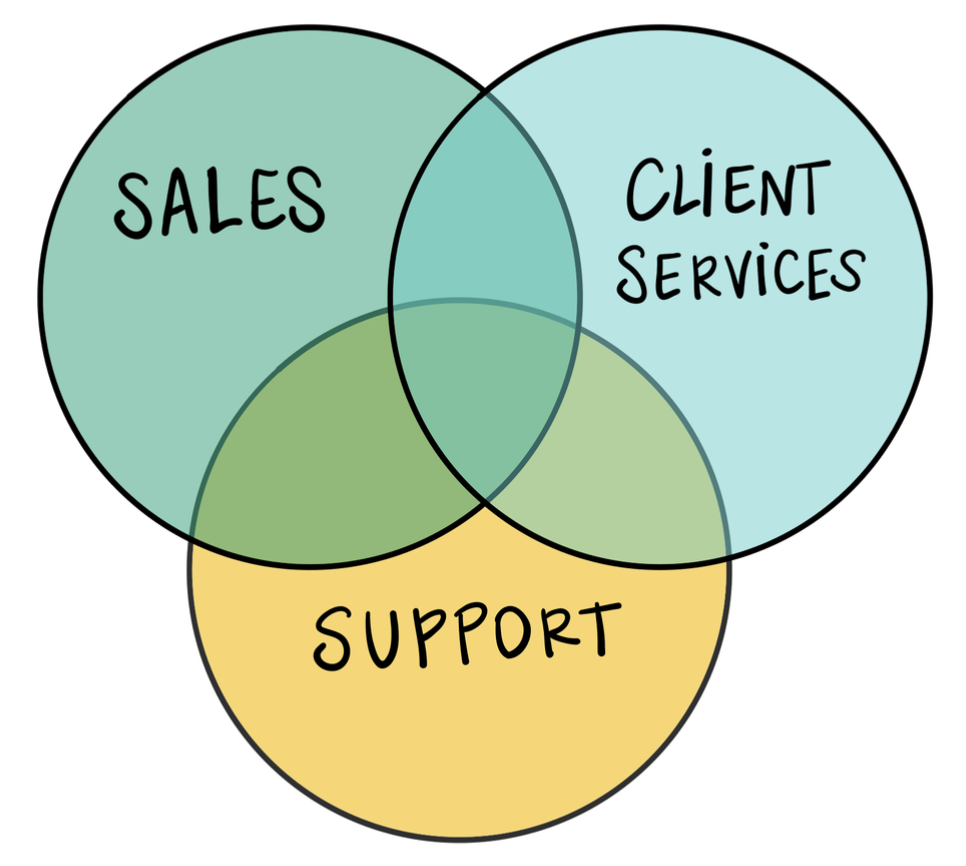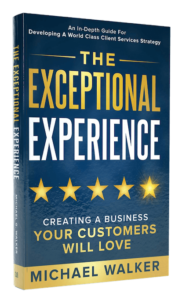Hard Costs and Opportunity Costs
You’ve got a good program that leverages your expertise. You’re confident in the results that you provide people. You go above and beyond to deliver an excellent experience for every person you enroll.
But, are you enrolling the right people?
Selling to the wrong people (clients and customers who are not an ideal fit for the services you provide) costs you TWICE, if you think about it.
First, you have the obvious up front cost of acquiring that client. We call this the CaC (client acquisition cost), a metric which you calculate by dividing the total marketing cost for a selected period of time by the total number of clients enrolled during that same period of time.
In other words, the “hard cost” of getting the client in the door.

But, there is a second cost. A much bigger cost.
It’s the opportunity cost of applying resources to the wrong client.
- The constant hand-holding and putting out fires
- Chasing them around for the things you need in order to help them
- Multiple touch points from you and your team (leading to exhaustion)
And, because you don’t want to have wasted your marketing dollars in acquiring them, you will inevitably end up DOUBLING DOWN on trying to help them get an ROI when they struggle.
An immense amount of output – for someone who probably should have never been enrolled in the first place – that could have gone toward helping ideal fits for your services who would yield a much higher life time value (LTV).
So, how do we sidestep this painful double cost?
It all comes down to the synergy between Client Services, Sales, and Support.
The Synergy of Client Services, Sales, and Support
Let’s begin by defining the responsibilities of each area – then we’ll tie it back to how they serve each other.
- Sales – In the context of the relationship between these three areas, the Sales team’s main responsibility is to act as a filter and to maintain healthy relationships, cultivating opportunities for future referrals and upgrades.
- Support – The role of the Support team is to be reactive – providing on-demand assistance and increasing the “ease” of the client experience.
- Client Services – If Support is “reactive,” then Client Services is “proactive,” using data and analytics to determine which clients should be acted on. Their responsibility is to monitor and enhance the client journey toward their self-defined goals and provide the tools, systems, and help they will need in order to arrive at them.
When these three areas work together it creates a synergistic relationship.
Client Services will note upgrade opportunities and point them out to Sales to begin the conversation. Sales will, in turn, have conversations and pass feedback and insights from the clients back to Client Services. So, in this way, Sales gets the upside of producing more revenue, and CS gets the upside of using the shared insights to improve the customer experience. The Support team steps in to fix the issues highlighted, and also points out additional opportunities for improvements in this process to both Sales and CS.
Before long, you get a beautiful flywheel that is producing revenue via upgrades, while also helping make the entire customer experience more valuable with each new revolution.

Tuning The Machine – Selling to the Right People
Of course, that synergy between Sales, CS, and Support ultimately breaks down if you are bringing clients who are not an ideal fit into the ecosystem.
So, let’s talk about selling to the right people.
In order for your Sales team (or you, if you’re the one closing the deals) to feed the machine with quality clients, they have to be aligned with the “product/market fit.”
“Ninety percent of all churn happens at the time of sale.” – Dave Kellogg, CEO Host Analytics
Essentially this means that, for his business at least, nearly all of the churn (cancellations/refunds/etc) is a byproduct of selling to the wrong customer.
We’ve already covered the double cost involved in acquiring and servicing those less than ideal clients, but there’s also the hidden danger of “word of mouth.”
The negative sentiment that those failed clients will sow back into the market as a result of their experience with you. Even if the blame for their failure in your program is mostly on them, that will almost certainly not be the story that they take back to their sphere of influence.
If you’re a high-touch, client based business, you would do well to drill down on your Ideal Client Profiles (or ICPs). These are in-depth descriptions of the perfect avatar for your services.
We break them into 3 tiers – ICP1 (best clients), ICP2 (bread and butter clients), and ICP3 (least qualified clients). Anything below an ICP3, we simply do not work with.
If you’d like more details on how we define our ICPs, we talk about it in this article.
MQLs, SQLs, and… CSQLs??
One final note as we wrap this up.
The responsibility of only selling to the right people doesn’t ONLY fall on the shoulder of Sales. The Client Services team also shoulders some of this weight through how they build relationships and who they send to Sales to upgrade.
This is where CSQLs come in.
You may have heard us talk in the past about MQLs (marketing qualified leads) and SQLs (sales qualified leads). These are a means of making a distinction between those who are ready to be marketed to with your products and services, and those who are ready to BUY your products and services.
However, when the Client Services team highlights an individual inside of your ecosystem and directs them to Sales as a person who would be an excellent fit for your higher level programs based on the results that they could help that person achieve, that is what we would consider a Client Services Qualified Lead (CSQL).
Sales and Client Services should be very well connected and collaborate weekly in person or over Zoom (not just via email or Slack). Discussions can be simple and efficient, focusing primarily on upcoming renewals, at-risk clients, pending payments and CSQLs.
At first, there can be some initial confusion about responsibilities between Sales and CS until you get in a groove, but the goal should be to delegate clearly defines roles as quickly as possible. (Remember, consistent communication cures all)
CSQLs should be a primary KPI that is tracked and reported on by the Sales Director to the Executive Team. Renewals and Upgrades are 100% profit generating for the company and play a huge role in overcoming the drag on revenue caused by churn and the cost to acquire new customers.
If you want some additional pointers on delivering an exceptional client experience, check out this article by clicking here.

Master Your Client Experience – With Our New Book!
We’ve just released a book on how to maximize your client experience, provide an unforgettable journey through your program, and create repeat raving customers! You can get the book right now on Amazon for as little as 99¢. Just click the button below to get started!

